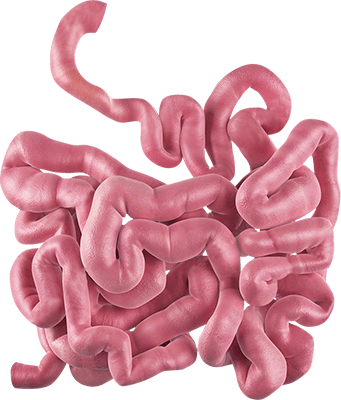— a serious disease, manifested primarily in the symptoms of derangement of digestion. The first signs of derangement occur even in childhood and manifest on the background of administration of grain complementary foods. The main symptom is frequent frothy stool with a fetid odor. Attempts to normalize digestion remain unsuccessful: neither antibiotics, nor enzymes, nor absorbents effect. If no appropriate treatment with a diet correction is prescribed, the child becomes sluggish, anemic, loses weight.
Progression of classical celiac disease in children leads to a sequela of common symptoms - as a result of malabsorption, dystrophy develops. Appearance of such a child is quite typical: a very big stomach, red mucous membranes, lethargic movements and lack of interest to life, fragility of bones, peripheral swelling, brittle nails and hair, dry flaky skin.
The longtime course of disease seriously inhibits growth and organic evolution. Such serious condition is associated with unsatisfactory absorption of carbohydrates, fats, vitamins, microelements and metabolic disorders.




